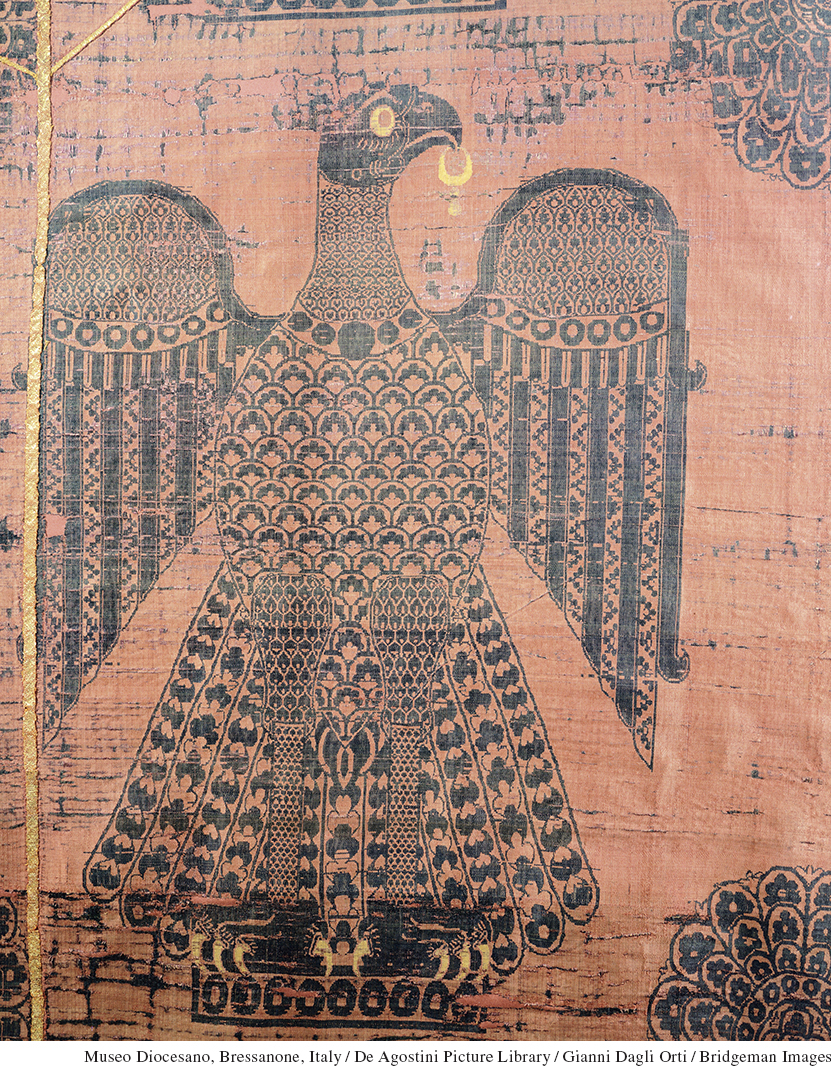The Macedonian Renaissance, c. 870–c. 1025
The Macedonian Renaissance, c. 870–c. 1025

Flush with victory and recalling Byzantium’s past glory, the emperors of the late ninth century revived classical intellectual pursuits. Basil I (r. 867–886) from Macedonia founded the imperial dynasty that presided over the so-called Macedonian renaissance. Basil’s dynasty drew on an intellectual elite who came from families that—even in the anxious years of the eighth century—had persisted in studying the classics. Now, with the empire slowly regaining its military eminence and with icons permanently restored in 843, this scholarly elite thrived again.
Under the patronage of the emperor and other members of the imperial court, scholars wrote summaries of classical literature, encyclopedias of ancient knowledge, and commentaries on classical authors. Some copied religious manuscripts and theological commentaries such as Bibles, Psalters, homilies, and liturgical texts. But the merging of classical and Christian traditions is clearest in manuscript illuminations (painted illustrations or embellishments in hand-copied manuscripts). Here Byzantine artists showed how liberated they were from the sober taboos of the iconoclastic period. For example, to depict King David, the supposed poet of the Psalms, an artist illuminating a Psalter turned to a model of Orpheus, the enchanting musician of ancient Greek mythology. Other artists worked in a less classical style, as in the depiction of the decorative eagle. (See “Seeing History: The Many Styles of the Macedonian Renaissance.”)